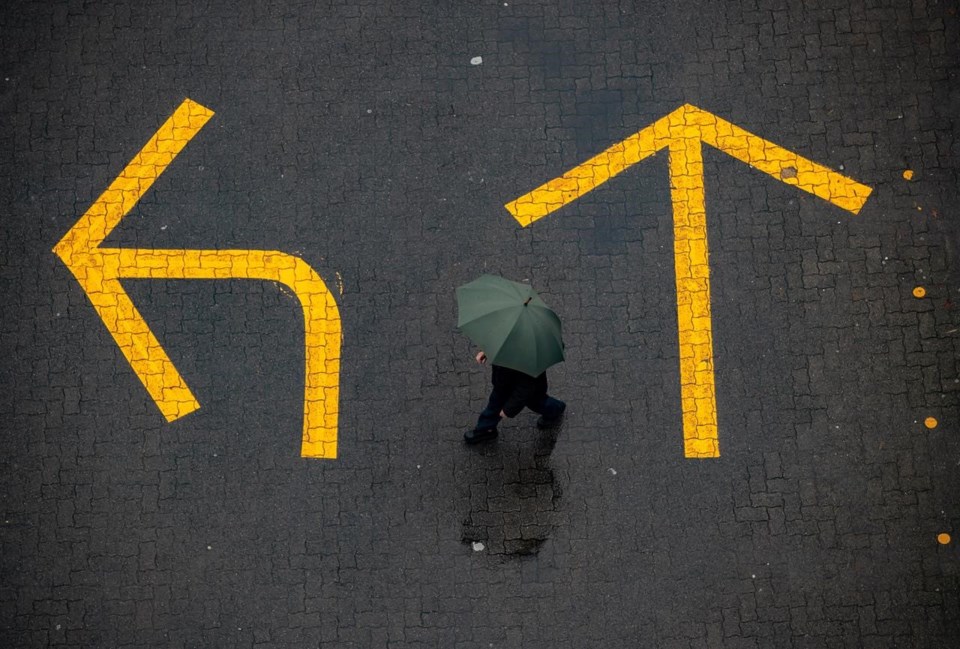VANCOUVER ŌĆö British Columbia should be well into its rainy season, but hot and dry weather that lasted through most of October has created drought conditions. Here are some of the numbers connected with the drought:
---
Recorded rainfall between July and Oct. 21, compared with average rainfall:
Vancouver: current 16 mm, average 198 mm
Victoria: current 2 mm, average 132 mm
Sechelt: current 9 mm, average 200 mm
Fort Nelson: current 61 mm, average 182 mm
---
The sa╣·╝╩┤½├Į government ranks drought levels from 0 to 5, with a 5 rating being the most severe with adverse effects to socio-economic or ecosystem values being almost certain.
5: The Sunshine Coast, all regions of Vancouver Island, Lower Mainland, eastern Pacific Range, Kettle, Fort Nelson, and north, south and east Peace regions.
4: Central Coast, Haida Gwaii, Coldwater River, Nicola, and the Parsnip and Finlay basins of north-central sa╣·╝╩┤½├Į
---
Wildfires
202: wildfires still burning in sa╣·╝╩┤½├Į
44: new wildfires sparked since Oct. 14.
24.3: The percentage of wildfires confirmed that were human-caused.
---
This report by The Canadian Press was first published Oct. 21, 2022.
The Canadian Press



